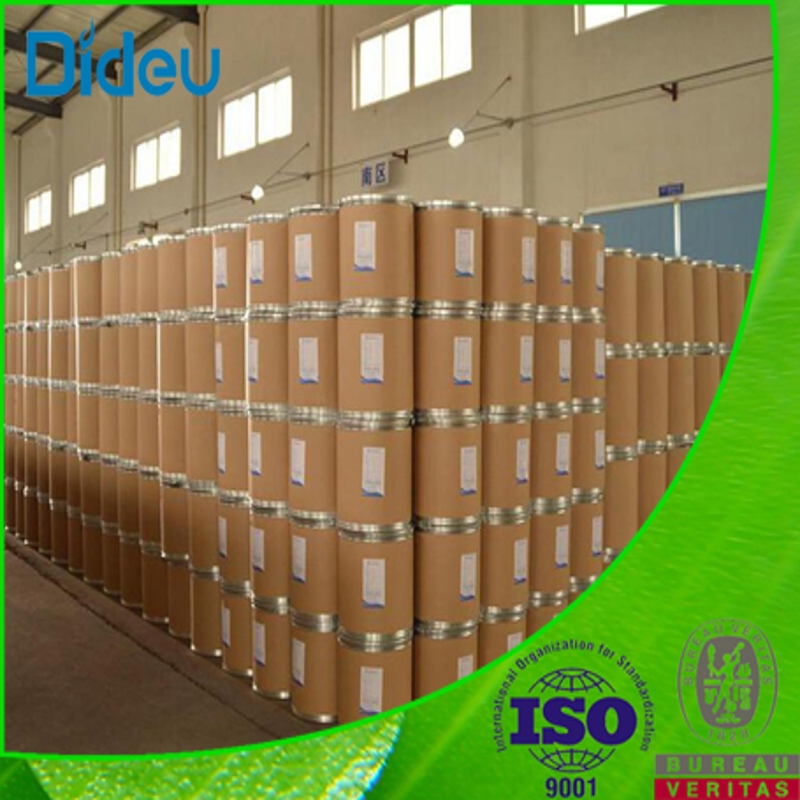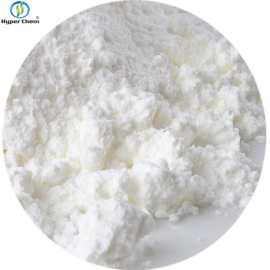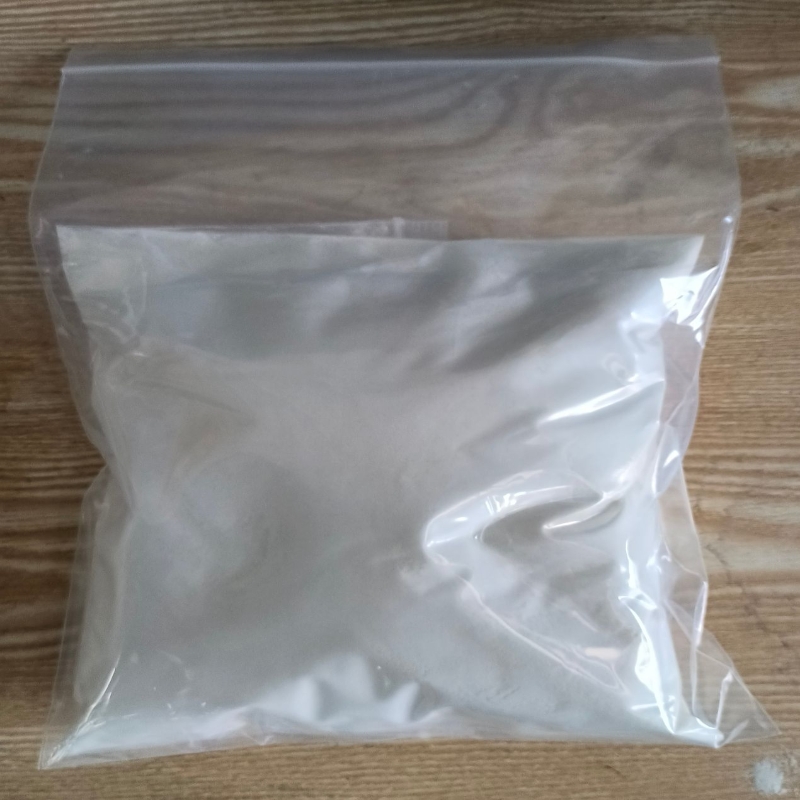-
Categories
-
Pharmaceutical Intermediates
-
Active Pharmaceutical Ingredients
-
Food Additives
- Industrial Coatings
- Agrochemicals
- Dyes and Pigments
- Surfactant
- Flavors and Fragrances
- Chemical Reagents
- Catalyst and Auxiliary
- Natural Products
- Inorganic Chemistry
-
Organic Chemistry
-
Biochemical Engineering
- Analytical Chemistry
-
Cosmetic Ingredient
- Water Treatment Chemical
-
Pharmaceutical Intermediates
Promotion
ECHEMI Mall
Wholesale
Weekly Price
Exhibition
News
-
Trade Service
Hand-aminel compounds are preludes to the synthesis of more important drugs.
, the preparation of these compounds mainly through traditional chemical methods and bioenzyme splitting methods, the former rely on heavy metals and the latter conversion rate needs to be improved.
AmDHs, which evolved through the directional evolution of amino acid dehydrogenase (AADHs), can use cheap ammonia as an amino feed, asymmetrically reduced amine-reducing latent oxycodone to produce hand-amine alcohol compounds, theoretical conversion rate of up to 100%, and by-products only water, is the ideal green synthesis pathway.
how to quickly dig for high-performance AmDHs is a challenge in the field of green biosynthetic hand amines.
The enzyme molecular engineering and industrial biocatalysis research team led by Sun Zhoutong, a researcher at Tianjin Institute of Industrial Biology of the Chinese Academy of Sciences, obtained a series of novel AmDHs through fixed-point mutations based on evolutionary tree analysis, based on AADHs esophageal sequences.
and substrate spectrometry assessment showed that the newly discovered enzymes were highly effective in catalyzing 1-hydroxy-2-butyl ketones to (S)-2-amino-1-butanol (ee-value. 99%; conversion rate 19 to 99%), at the same time can achieve a series of α-hydroxycoxygen compounds asymmetric reductamine, the production of corresponding (S) - amine alcohol products (ee value of 99%).
new AmDH found in the study enables asymmetric reduced amine production (R)-amine alcohol production of β-hydroxycotone compounds (ee value of 99%).
biosynthetic technology developed in this process provides important technical support for the industrial production of hand amine alcohol compounds.
research has been funded by the National Key Research and Development Program and the National Natural Science Foundation, and the research results are published online on The Casalysis Science and Technology.
Wang Hong yue, an associate researcher, and Li Junguang, a visiting doctoral student at Tianjin Institute of Technology/Tianjin University, are co-authors of the paper, and Sun Zhoutong is the author of the thesis newsletter.
()







